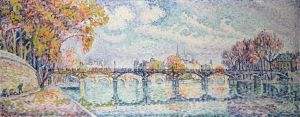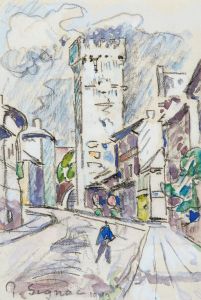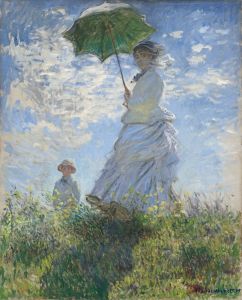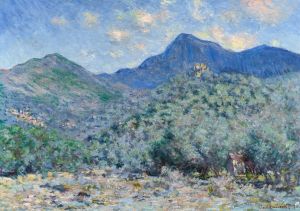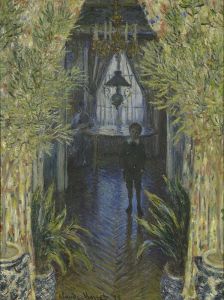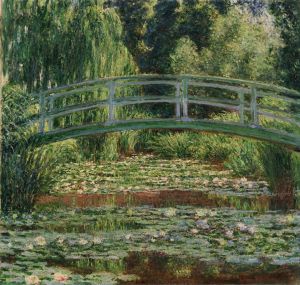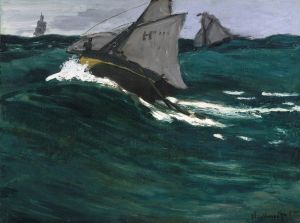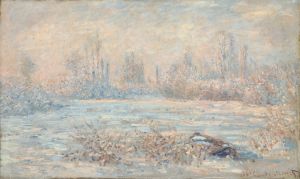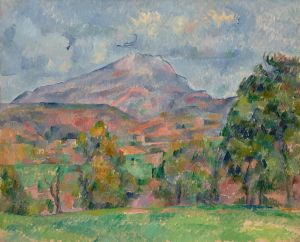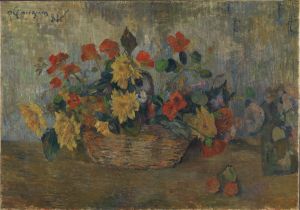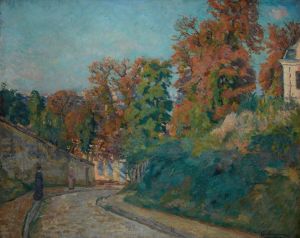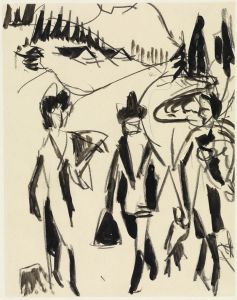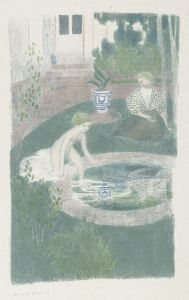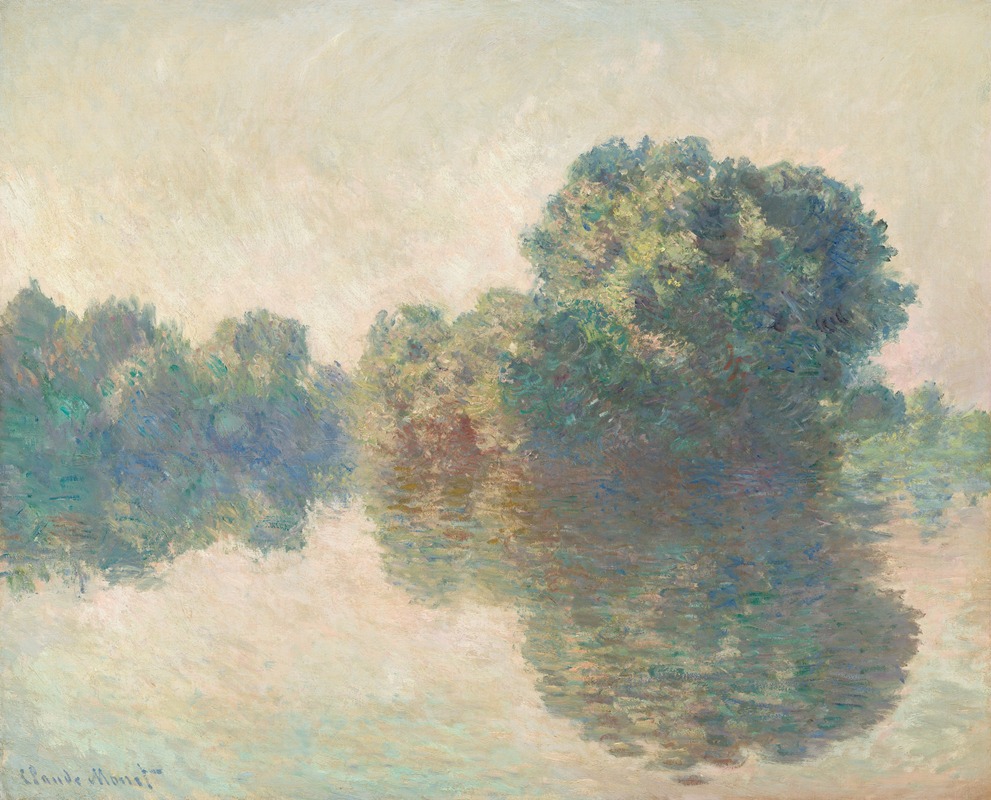
The Seine at Giverny
A hand-painted replica of Claude Monet’s masterpiece The Seine at Giverny, meticulously crafted by professional artists to capture the true essence of the original. Each piece is created with museum-quality canvas and rare mineral pigments, carefully painted by experienced artists with delicate brushstrokes and rich, layered colors to perfectly recreate the texture of the original artwork. Unlike machine-printed reproductions, this hand-painted version brings the painting to life, infused with the artist’s emotions and skill in every stroke. Whether for personal collection or home decoration, it instantly elevates the artistic atmosphere of any space.
Claude Monet, a leading figure in the Impressionist movement, painted "The Seine at Giverny" in 1897. This artwork is part of a series where Monet explored the changing effects of light and atmosphere on the Seine River, which flows near his home in Giverny, France. Monet moved to Giverny in 1883, and the region became a significant source of inspiration for his work. The Seine River, with its tranquil waters and lush surroundings, provided Monet with an ideal setting to study the interplay of light, reflection, and color, which are central themes in Impressionism.
"The Seine at Giverny" exemplifies Monet's fascination with capturing the transient effects of natural light. In this painting, Monet employs a soft color palette dominated by blues, greens, and purples, which convey a serene and harmonious atmosphere. The brushwork is loose and fluid, a hallmark of Monet's style, allowing the viewer to experience the scene as a fleeting moment in time. The reflections of the trees and sky in the water are rendered with particular attention, showcasing Monet's skill in depicting the subtle nuances of light and shadow.
Monet's technique in this painting involves the use of short, broken brushstrokes that blend optically rather than physically. This approach creates a shimmering effect, suggesting movement and the passage of time. The composition is balanced, with the river leading the viewer's eye into the distance, inviting contemplation of the peaceful landscape. The absence of human figures emphasizes the tranquility and timelessness of nature, a recurring theme in Monet's work.
The series of paintings of the Seine at Giverny reflects Monet's dedication to plein air painting, a practice that involves painting outdoors to capture the natural light and atmosphere of a scene. This method was revolutionary at the time and became a defining characteristic of the Impressionist movement. Monet's commitment to painting en plein air allowed him to observe the subtle changes in light and color throughout the day and across different seasons, which he meticulously documented in his work.
"The Seine at Giverny" is not only a testament to Monet's technical prowess but also to his deep connection with the natural world. The painting invites viewers to appreciate the beauty of the everyday landscape and the ephemeral qualities of light and color. Monet's work during this period laid the groundwork for future developments in modern art, influencing generations of artists who sought to capture the essence of their surroundings.
Today, "The Seine at Giverny" is celebrated as a masterpiece of Impressionism, showcasing Monet's innovative approach to painting and his enduring legacy in the art world. The painting is housed in various collections around the world, allowing audiences to experience firsthand the serene beauty and masterful technique that define Monet's work. Through this painting, Monet continues to inspire appreciation for the natural world and the ever-changing qualities of light and color.





